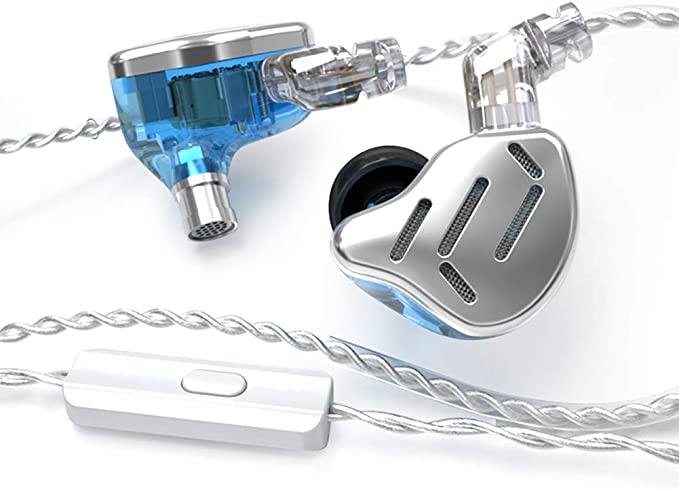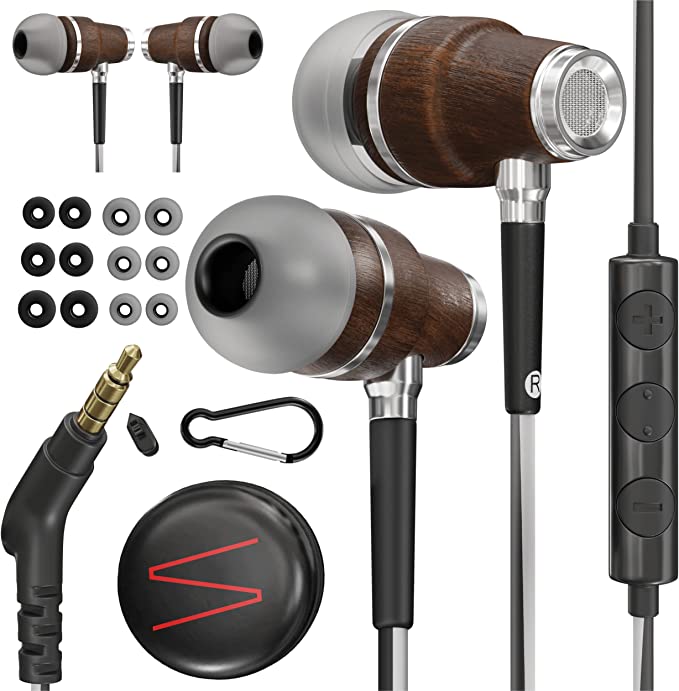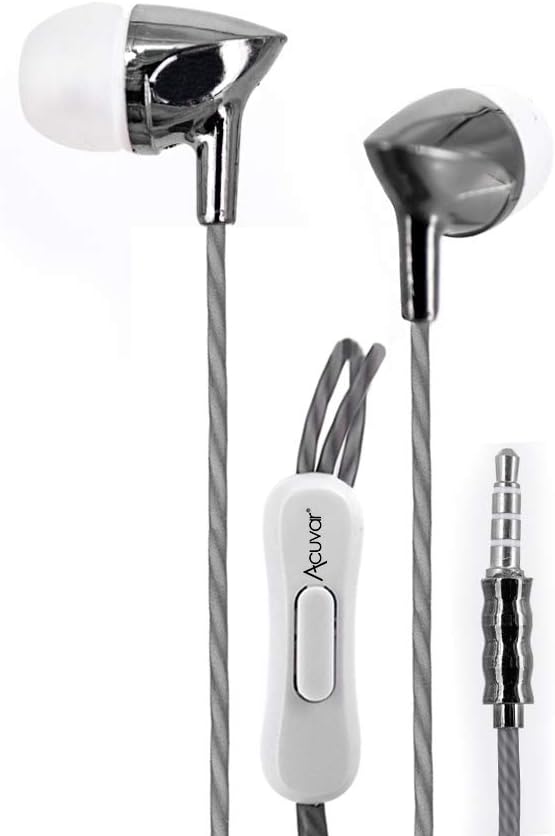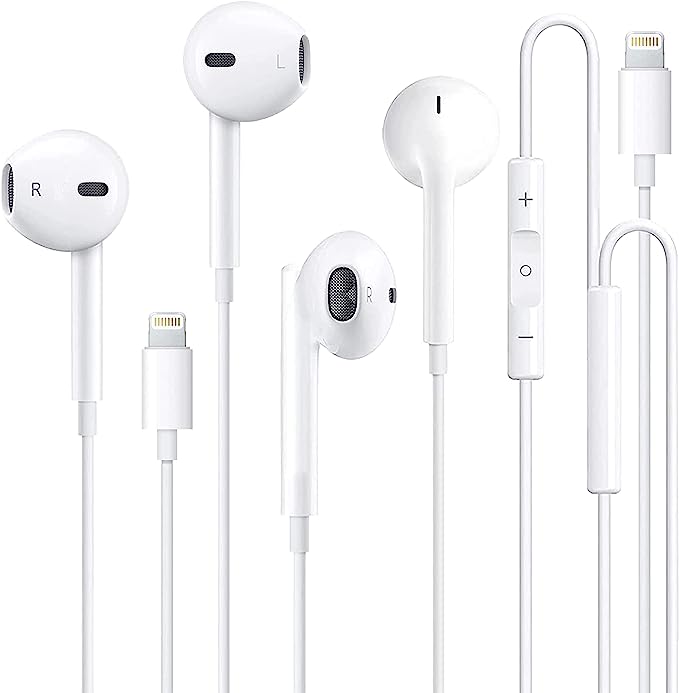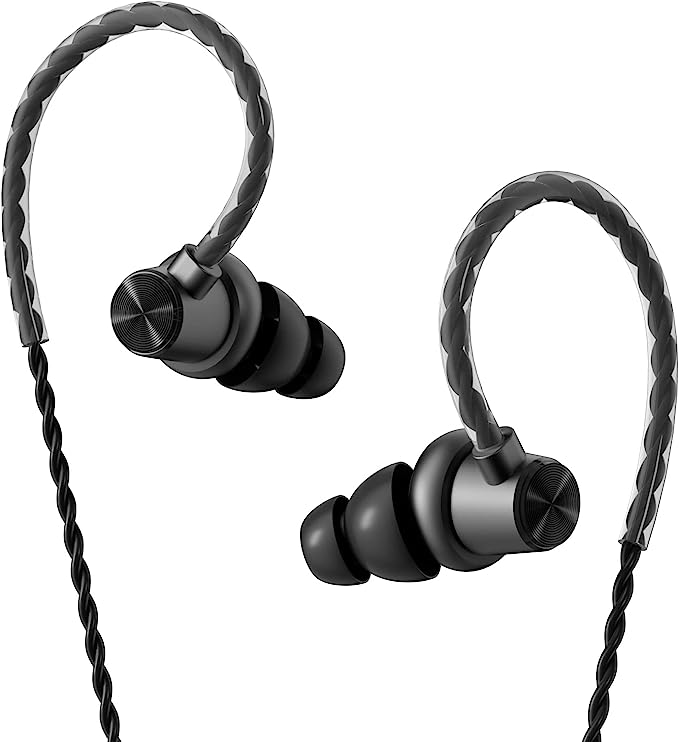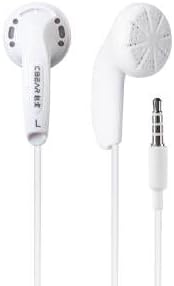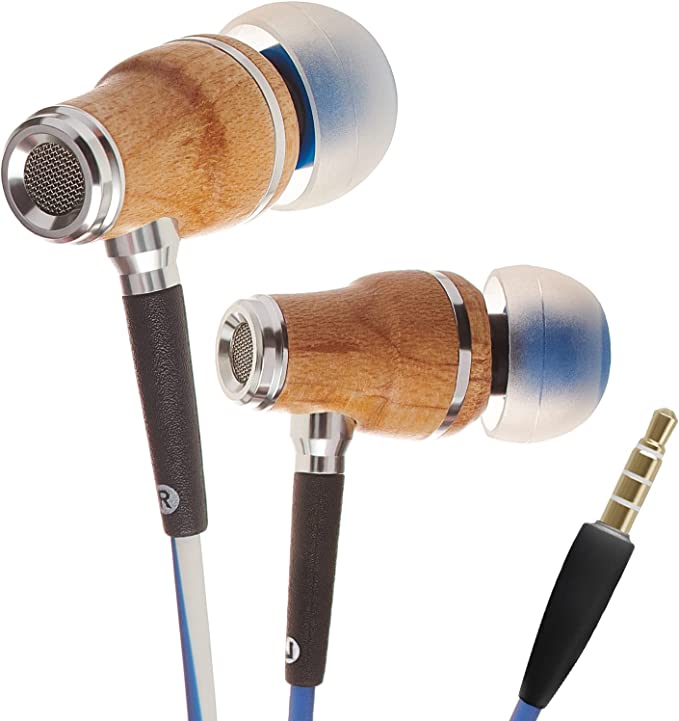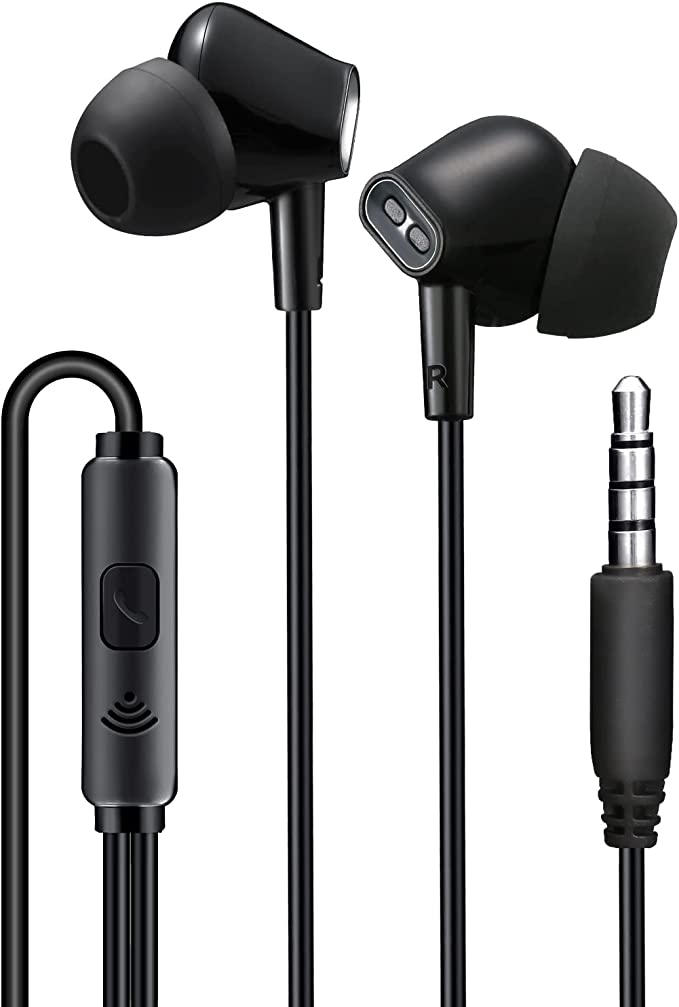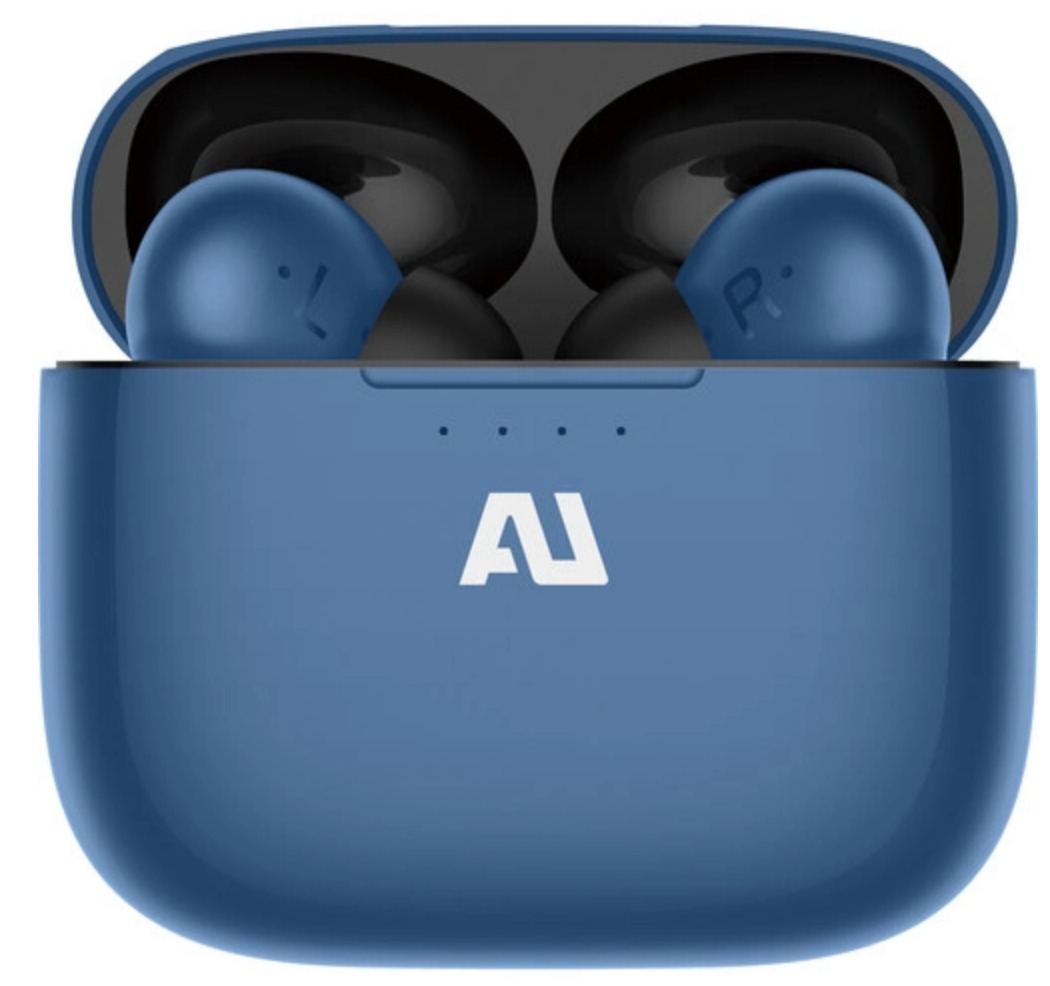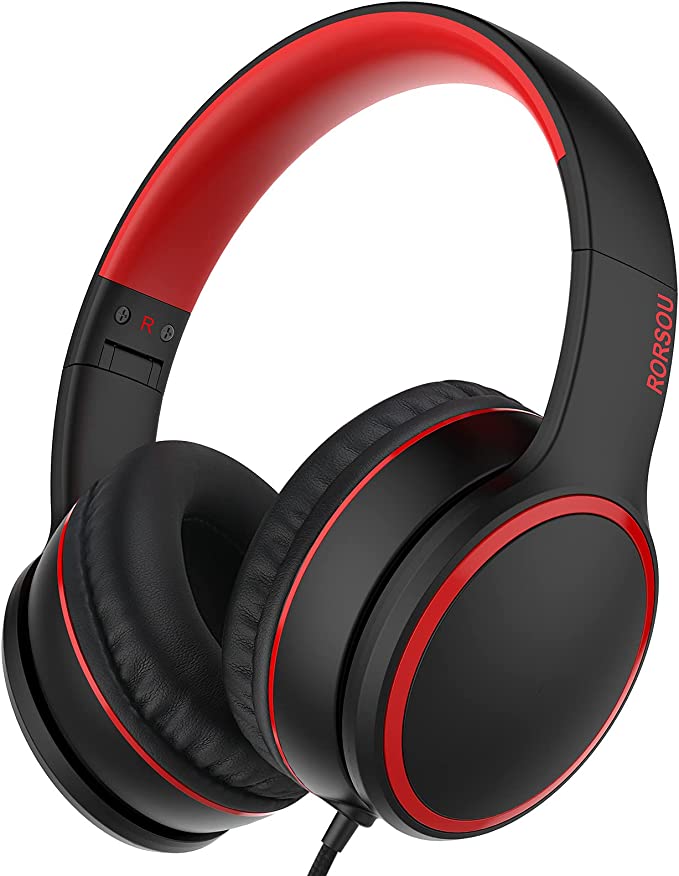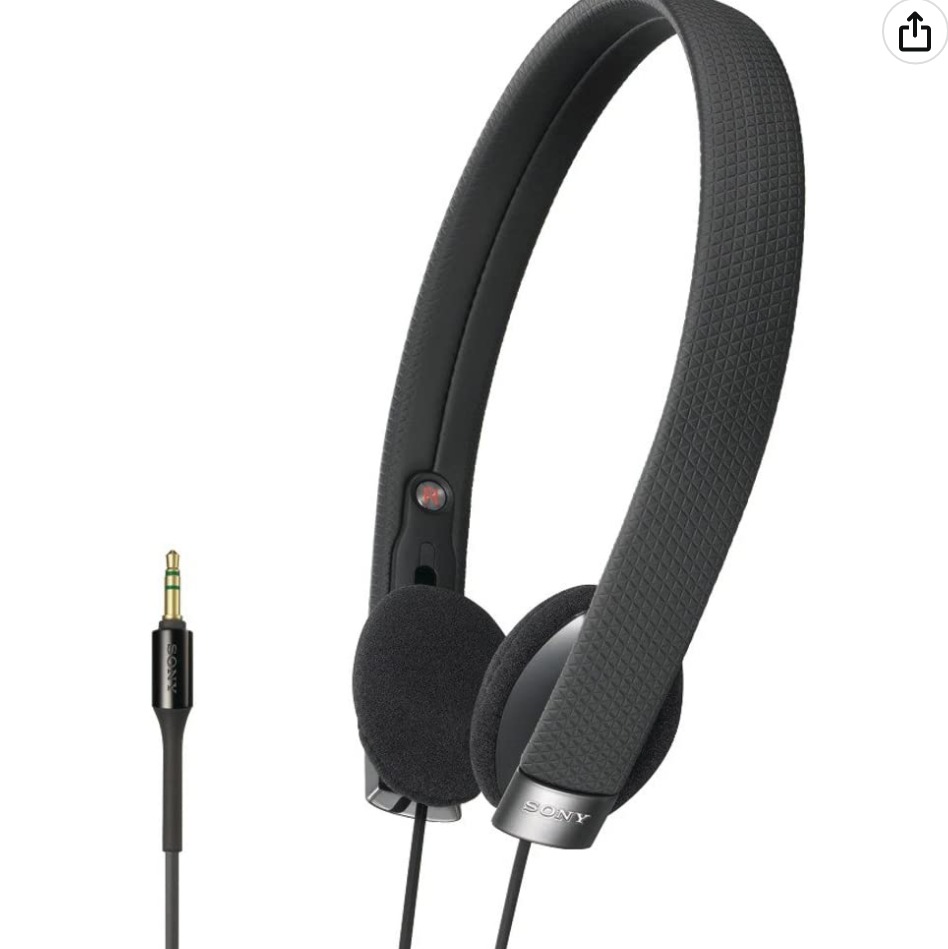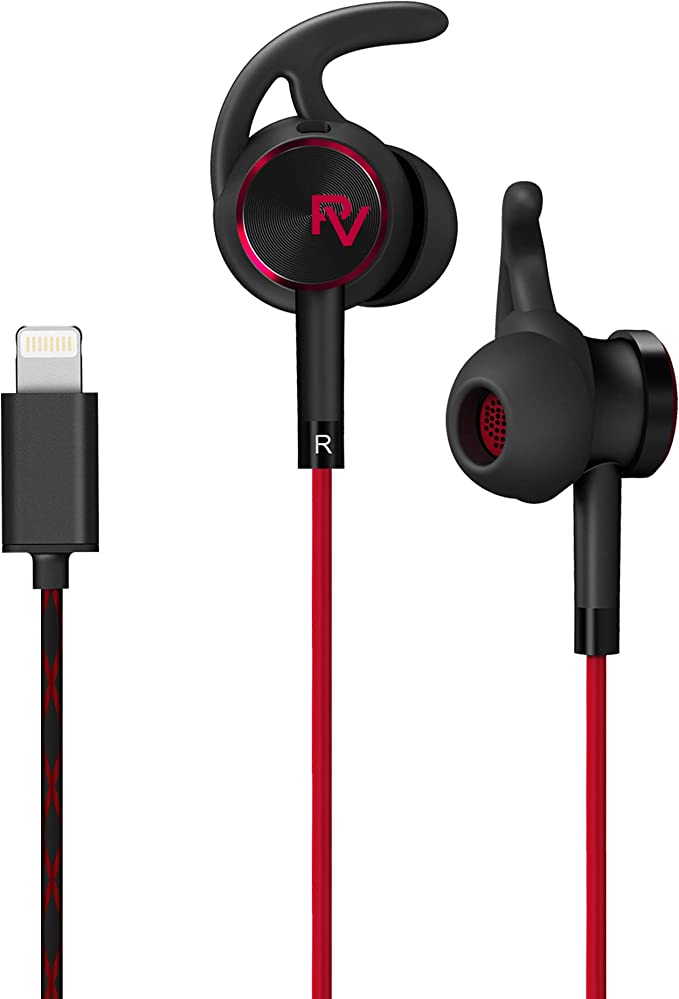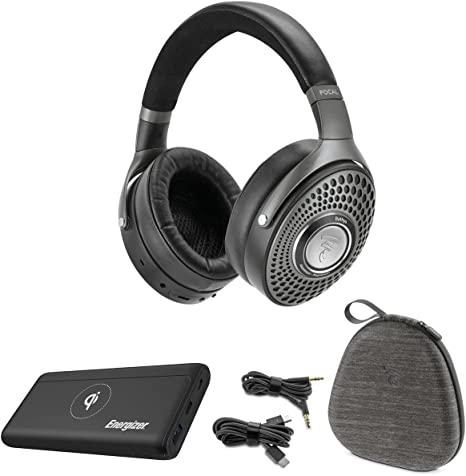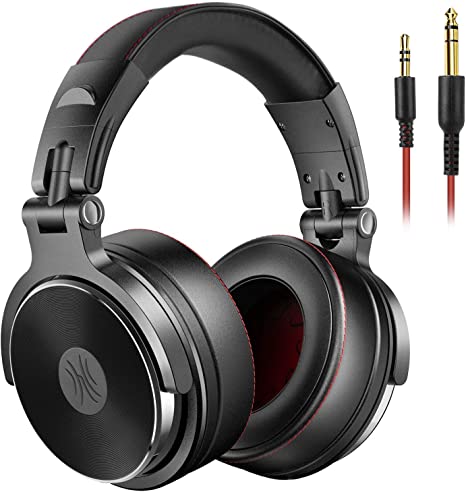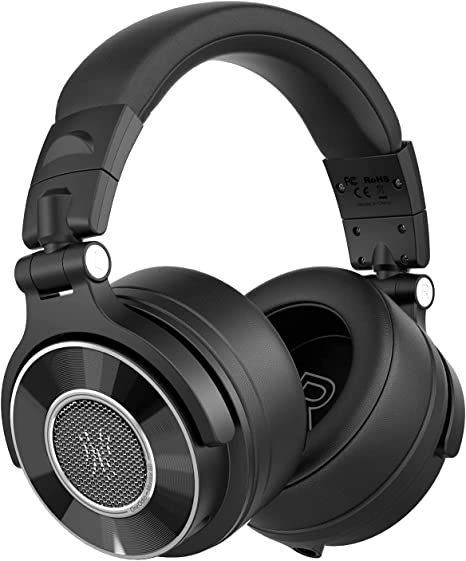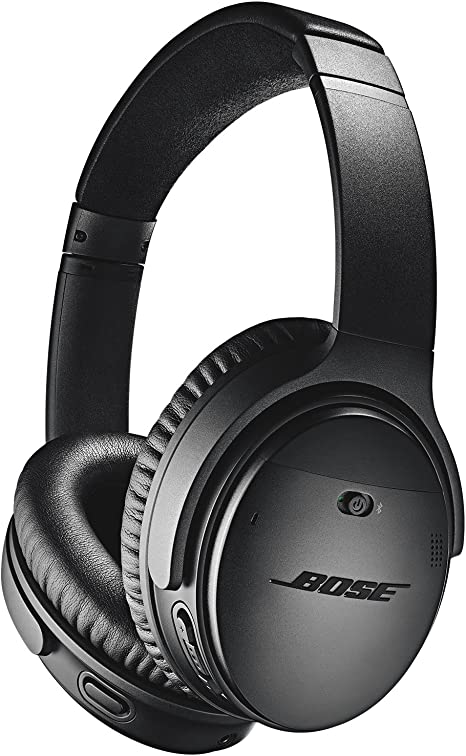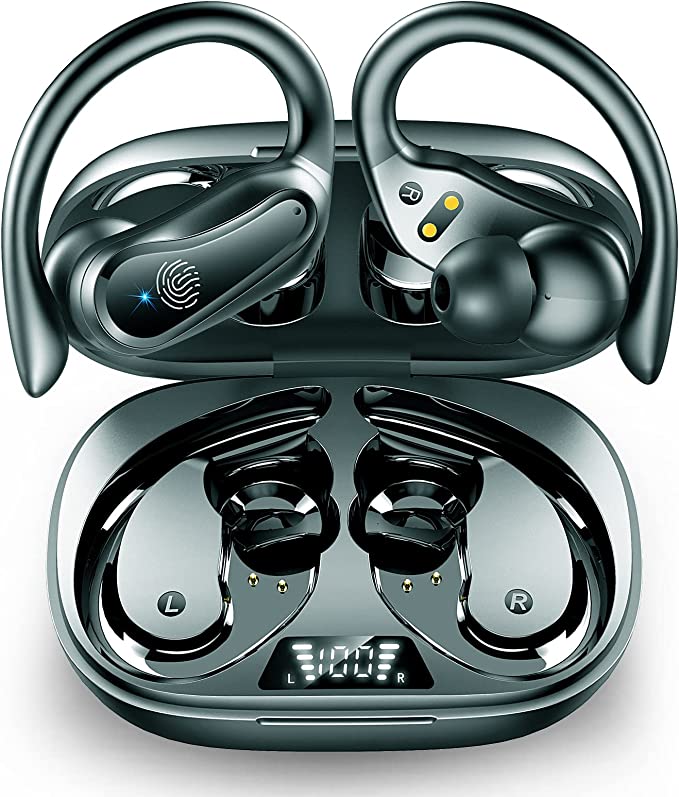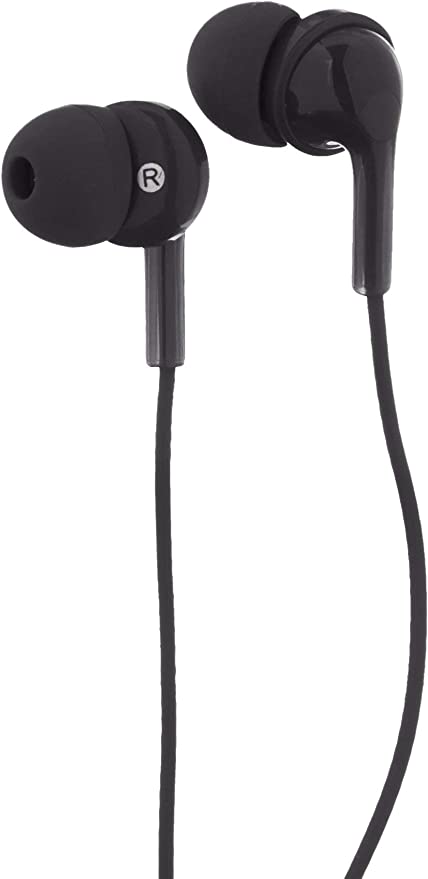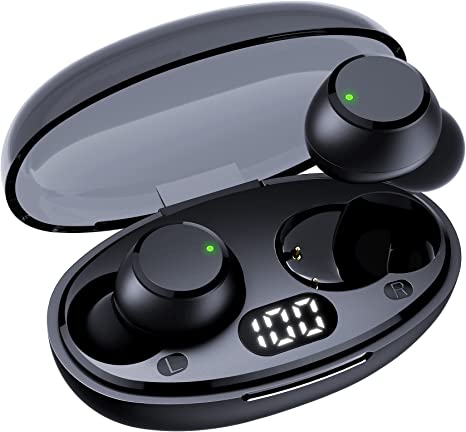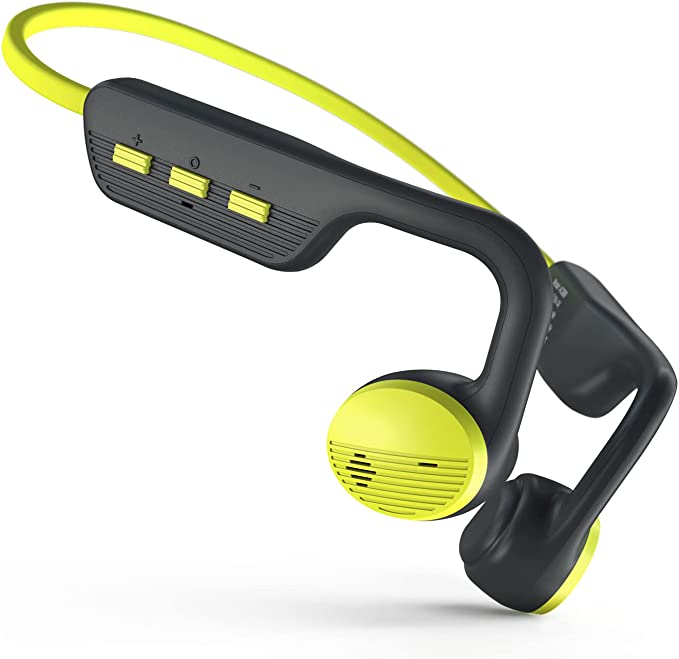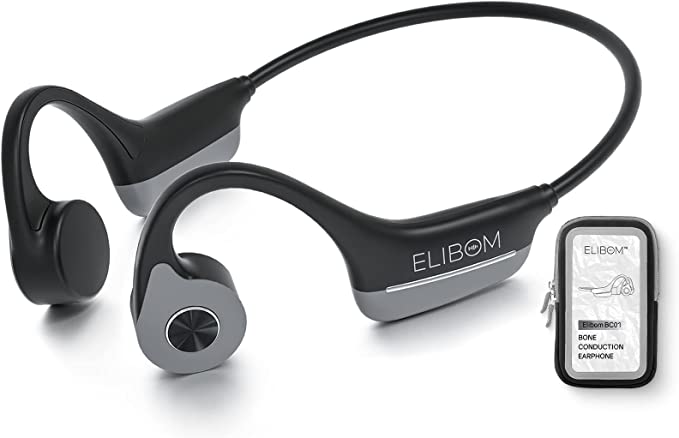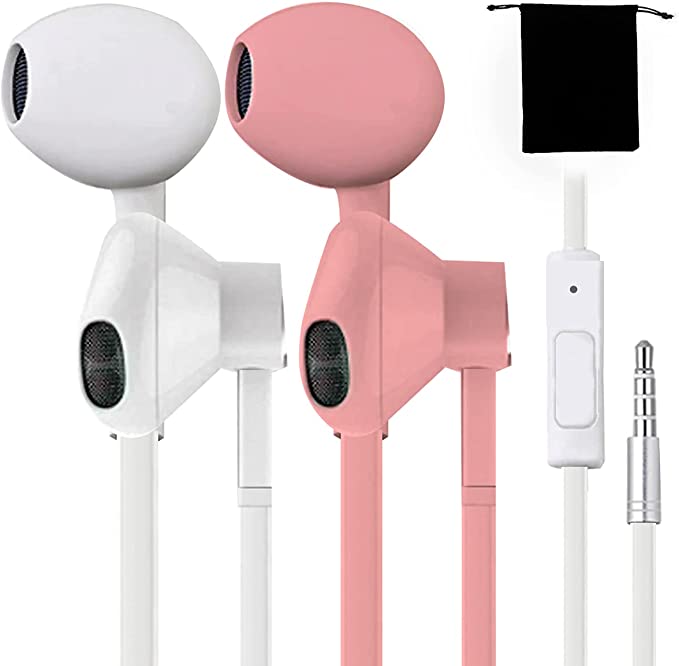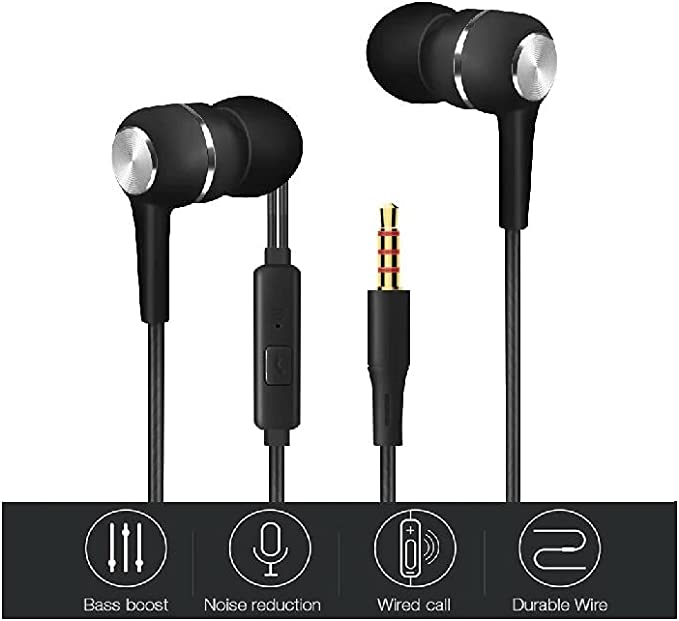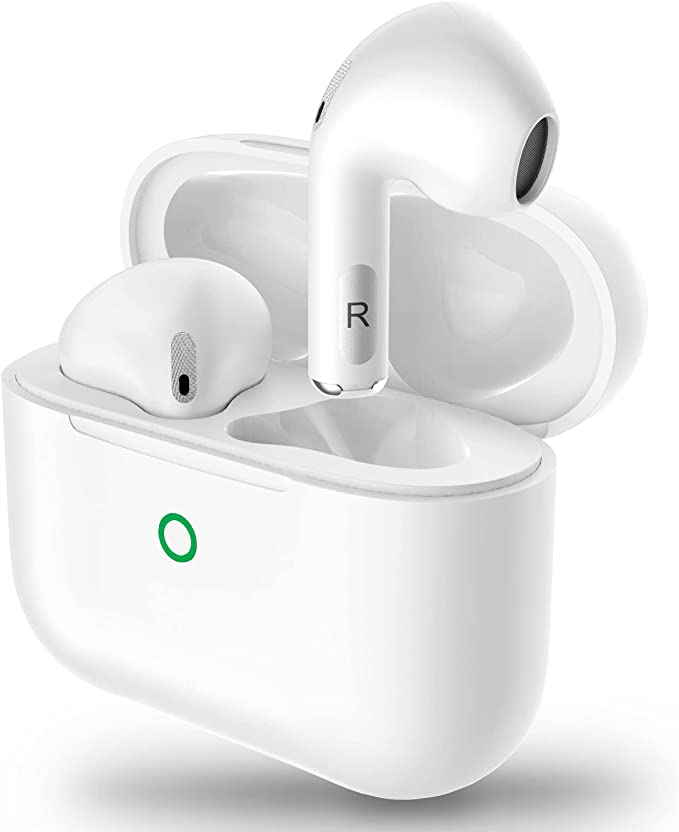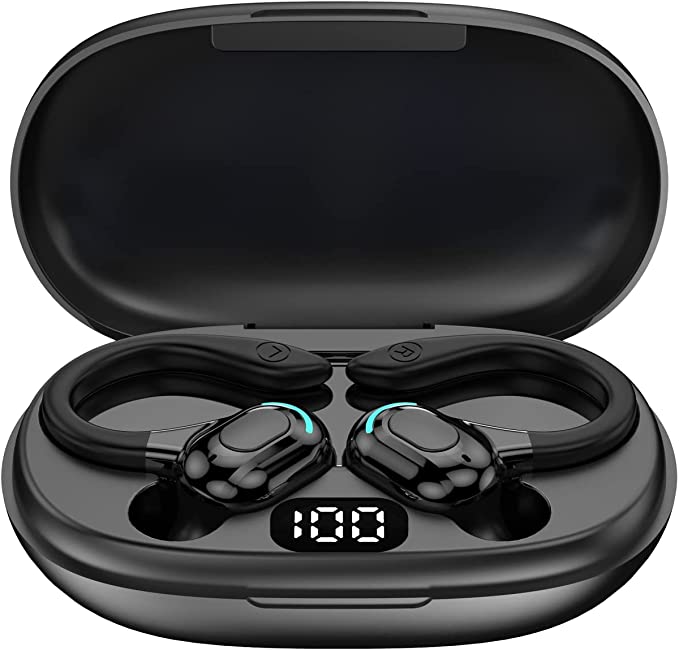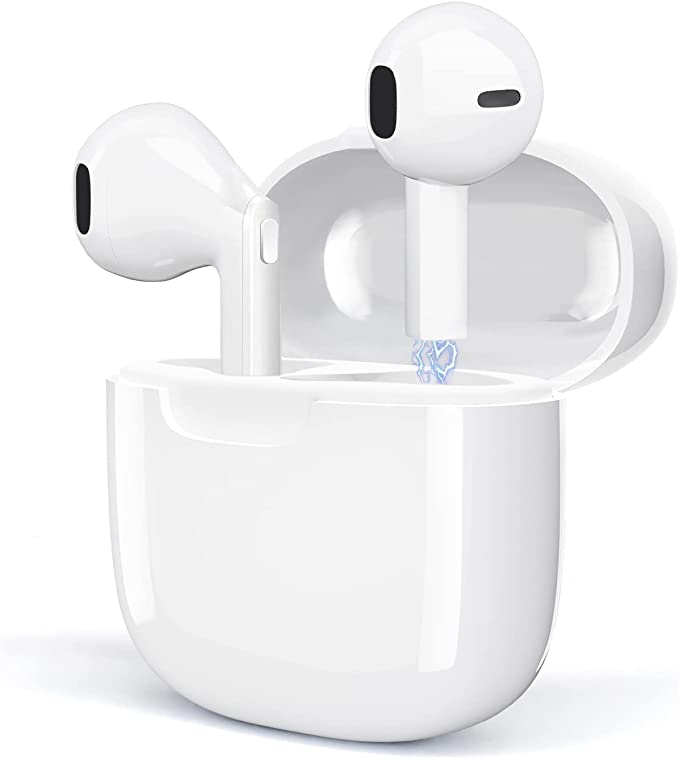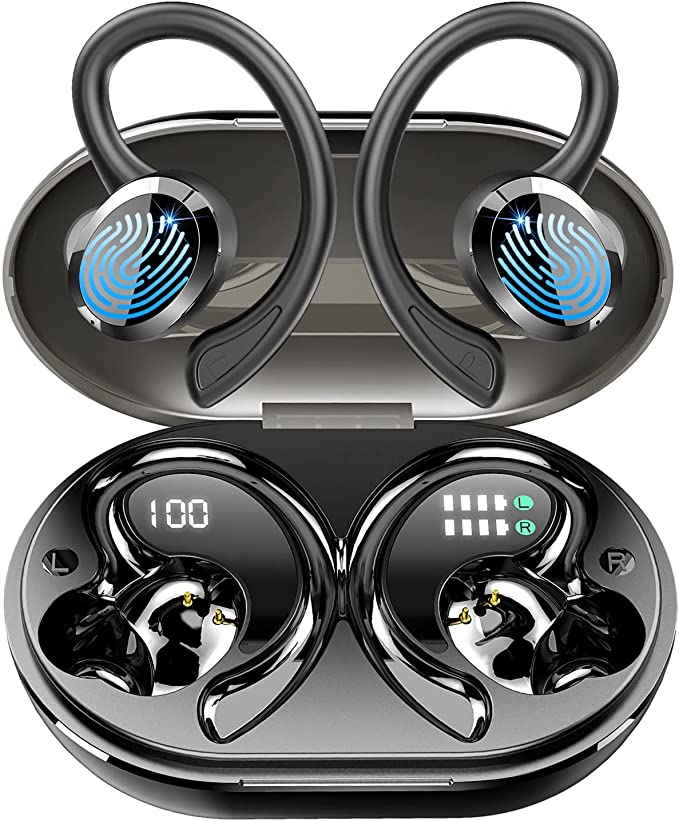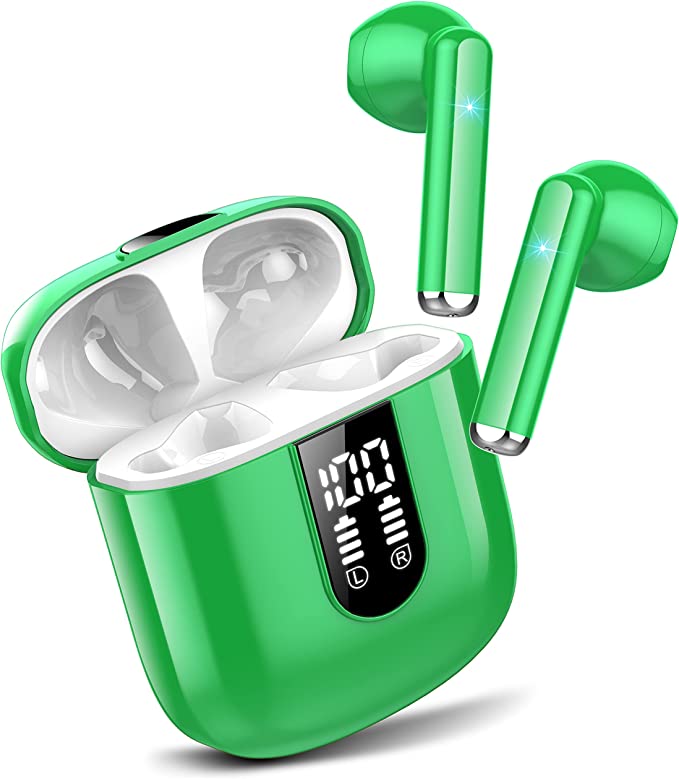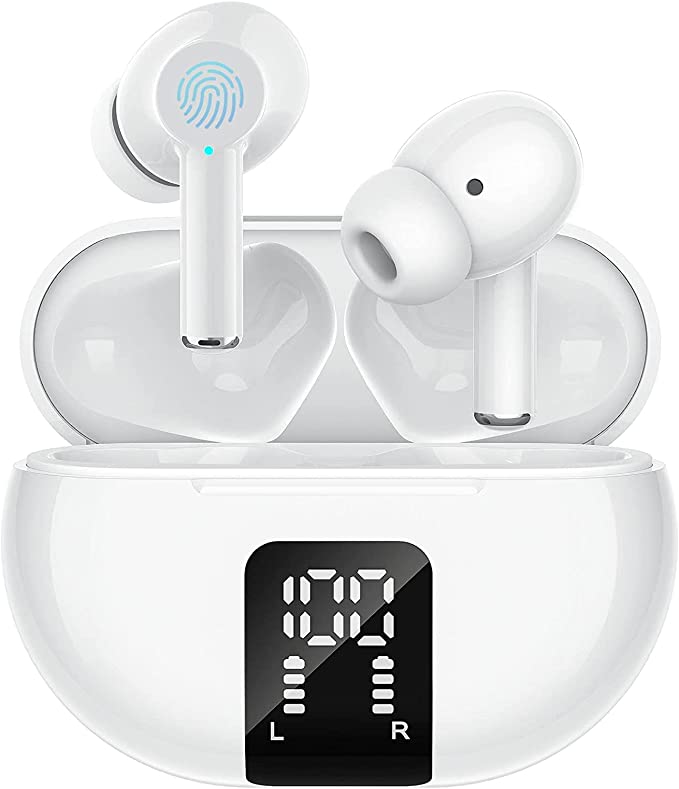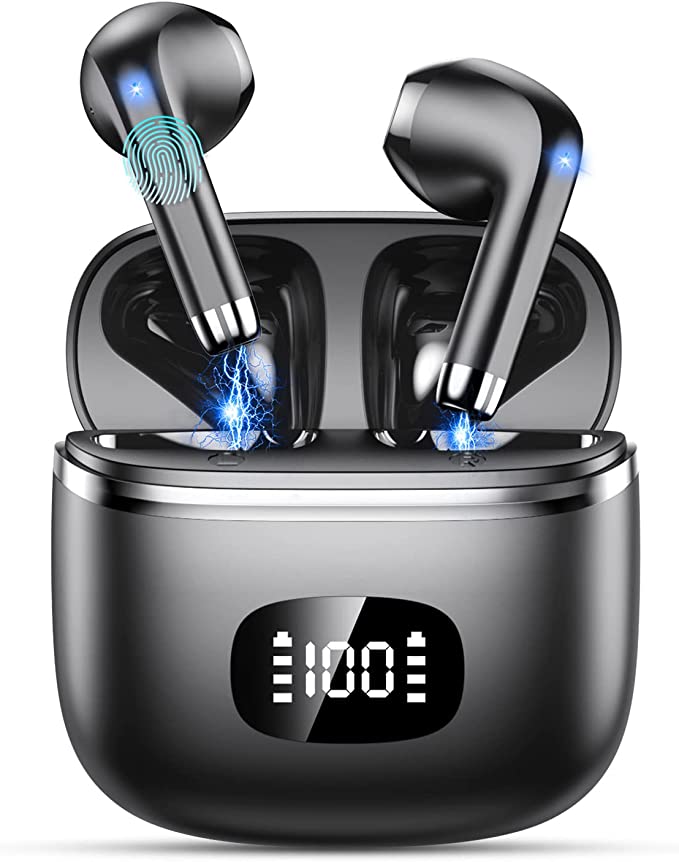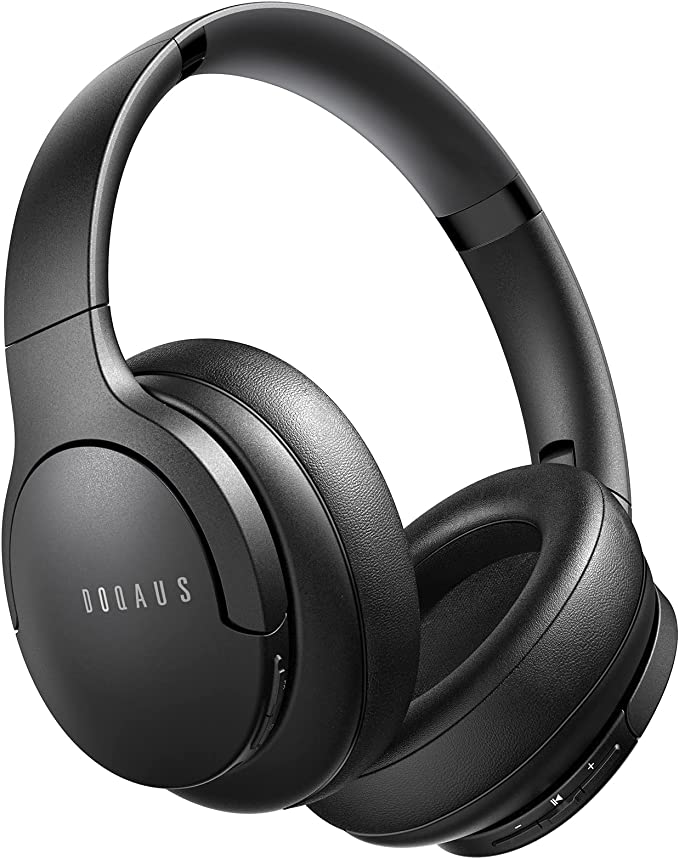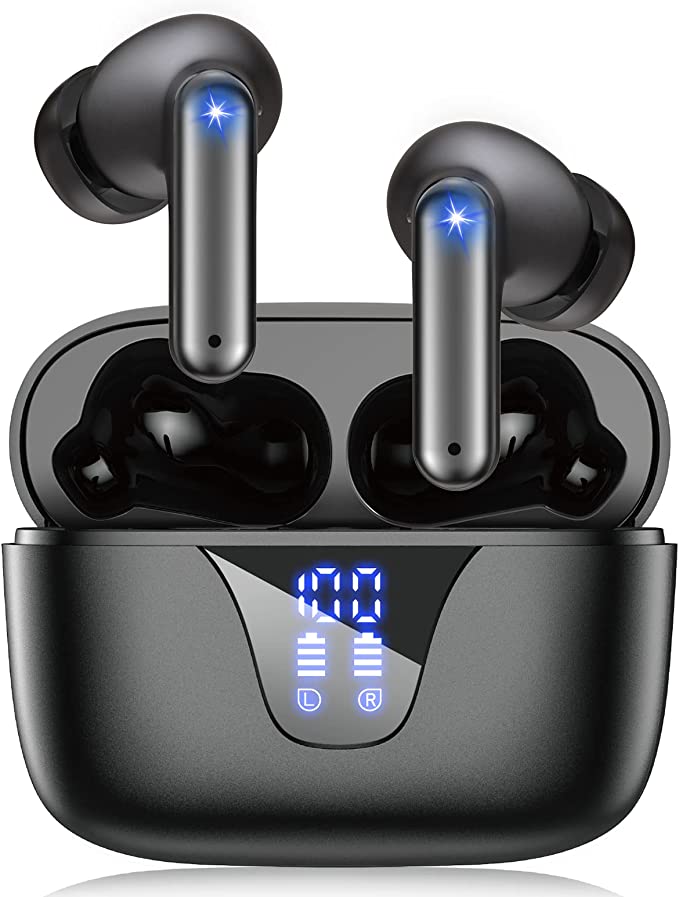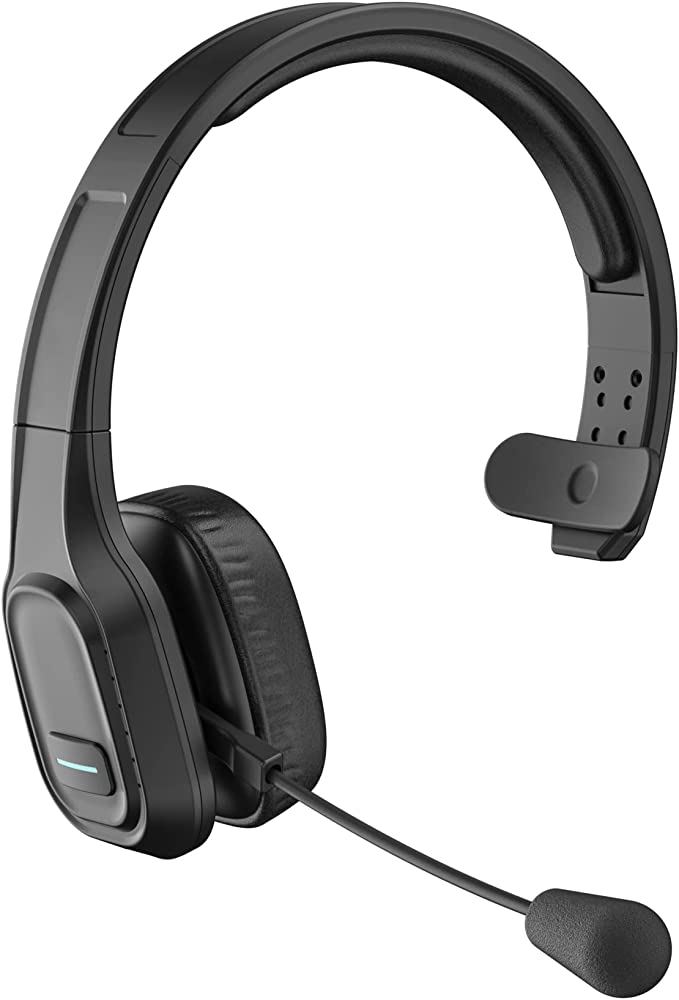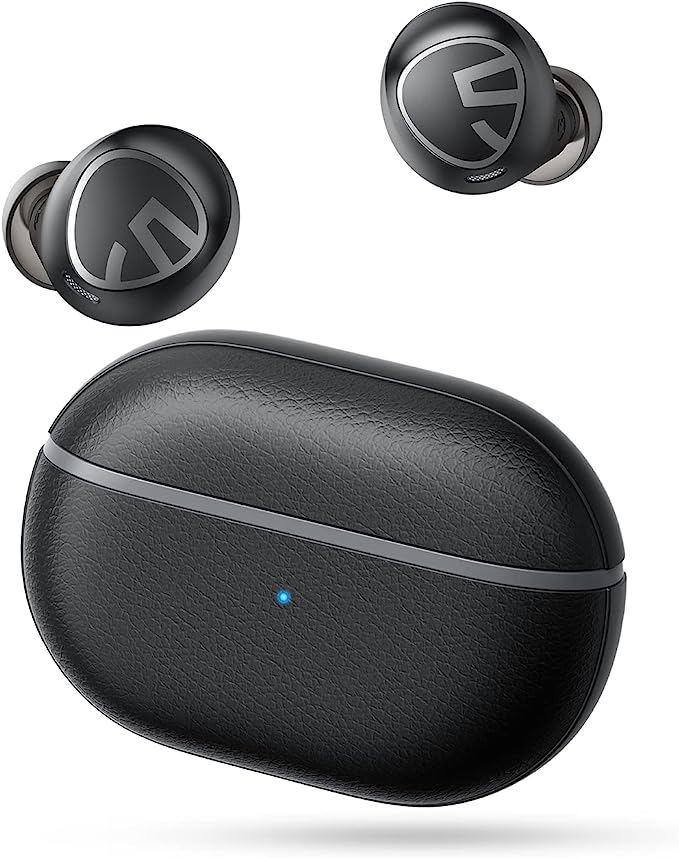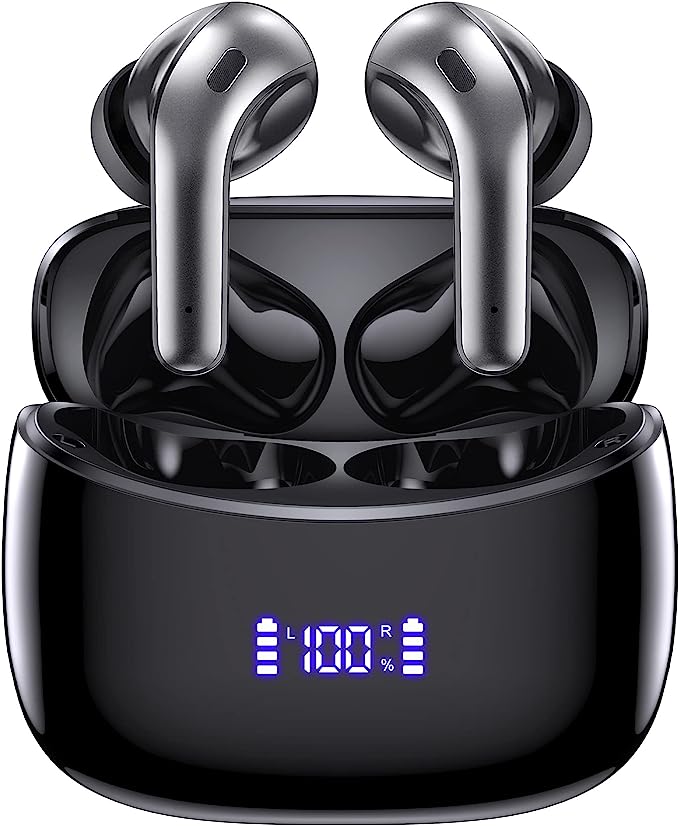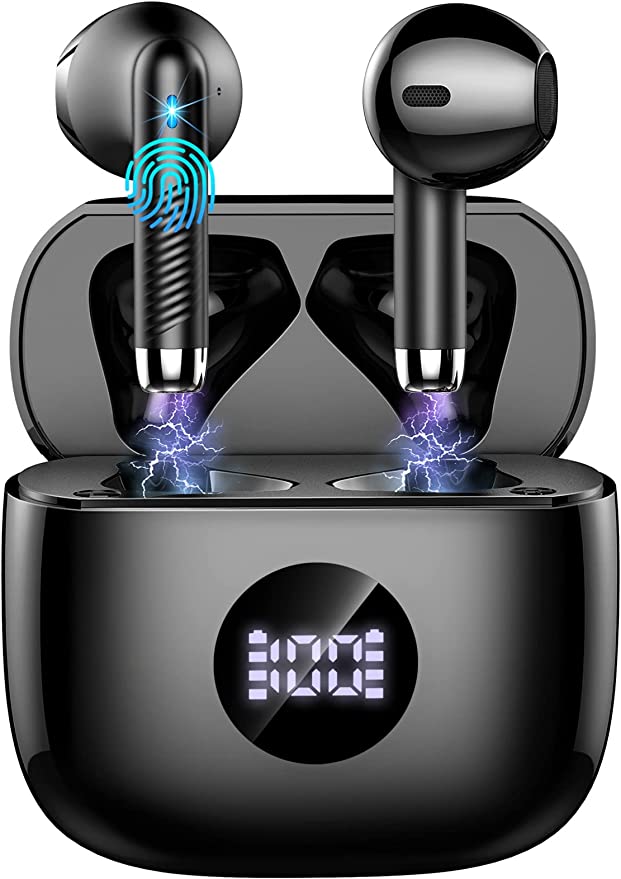100SEASHELL Long Cord Wired Earbuds: Noise Isolating Headphones for TV & Work
Update on March 21, 2025, 4:14 a.m.
Imagine this: you’re finally settled in for a relaxing evening, ready to binge-watch your favorite show. The popcorn is popped, the lights are dimmed, and you’re sinking into the sofa. But then… the dog starts barking, the neighbors start arguing, and your phone starts buzzing. Suddenly, your peaceful escape is shattered. This is where the often-underappreciated power of a good pair of wired earbuds, like the 100SEASHELL Long Cord Wired Earbuds, comes into play.

The Comeback of the Cord: Why Wired Earbuds Still Matter
In a world seemingly dominated by wireless technology, it’s easy to dismiss wired earbuds as relics of the past. But the truth is, wired headphones offer distinct advantages that their wireless counterparts often struggle to match. There’s no need to worry about battery life, pairing issues, or signal dropouts. For audiophiles, wired connections often provide a more stable and higher-fidelity audio signal, resulting in a richer, more detailed listening experience. And for situations where you need to be tethered to a device anyway – like watching TV, working at a desktop computer, or using certain musical instruments – the cord is simply a non-issue, and often a benefit.
Sound: A Symphony of Vibrations
Before we delve into the specifics of the 100SEASHELL earbuds, let’s take a moment to appreciate the fascinating science of sound. At its core, sound is all about vibration. When an object vibrates – whether it’s a guitar string, a drumhead, or the diaphragm in a speaker – it creates pressure waves in the surrounding medium, usually air. These waves are like ripples in a pond, spreading outward from the source.
These waves have two key characteristics: frequency and amplitude. Frequency refers to the number of waves that pass a given point per second, measured in Hertz (Hz). The higher the frequency, the higher the pitch of the sound. Amplitude, on the other hand, refers to the intensity or strength of the wave, which we perceive as loudness. The larger the amplitude, the louder the sound.
Your Ears: Nature’s Amazing Microphones
Our ears are incredibly sensitive instruments designed to capture these vibrations and translate them into the sounds we hear. When sound waves enter the ear canal, they cause the eardrum to vibrate. These vibrations are then amplified by tiny bones in the middle ear and transmitted to the cochlea, a fluid-filled structure in the inner ear. Inside the cochlea, thousands of tiny hair cells convert the vibrations into electrical signals, which are then sent to the brain via the auditory nerve. Our brain interprets these signals as the sounds we experience – music, speech, laughter, and everything in between.

The 100SEASHELL Advantage: Freedom Through Length
Now, let’s talk about the 100SEASHELL Long Cord Wired Earbuds. One of the most immediate and practical benefits of these earbuds is, as the name suggests, the long cord. We’re talking up to 10 feet of cable, providing a level of freedom and flexibility that’s hard to find with wireless options.
Think about it: you can comfortably sit on your couch and connect to your TV without having to sit right in front of the screen. You can move around your desk at work, stand up, stretch, and reach for things, all without having to take your earbuds off or worry about losing connection. This extra length is also invaluable for musicians using electronic instruments or anyone connecting to devices that aren’t easily accessible.
Silence by Design: Understanding Passive Noise Isolation
The 100SEASHELL earbuds aren’t just about a long cord; they’re also designed to help you focus on what you want to hear by minimizing what you don’t. This is achieved through passive noise isolation, a clever approach to noise reduction that relies on physical barriers rather than electronic trickery.
Unlike active noise cancellation (ANC), which uses microphones and electronic circuitry to generate “anti-noise” that cancels out incoming sound waves, passive noise isolation works by simply blocking sound from reaching your ears. It’s like putting your fingers in your ears, but much more sophisticated and comfortable.
The key to effective passive noise isolation lies in creating a tight seal between the earbud and your ear canal. This is where the materials and design of the 100SEASHELL earbuds come into play. The earbuds themselves, and the cable, are made of TPE (Thermoplastic Elastomer). TPE is a soft, flexible, and often rubber-like material that’s known for its excellent sealing properties. It conforms to the unique shape of your ear canal, creating a barrier that prevents external sounds from entering.
The other crucial element is the ear tips. The 100SEASHELL earbuds come with three different sizes of ear tips (small, medium, and large). Finding the right fit is absolutely essential for maximizing noise isolation. A well-fitting ear tip will not only block out more sound but will also improve the overall sound quality of the earbuds by preventing sound leakage.

More Than Meets the Ear: Other Features
Beyond the long cord and noise isolation, the 100SEASHELL earbuds offer a few other thoughtful design features. The earbuds are magnetic. This might seem like a small detail, but it’s incredibly practical. When you’re not using the earbuds, you can simply snap them together, preventing them from tangling in your bag or pocket.
Furthermore, the ergonomic design of the earbuds, combined with the soft TPE material, ensures a comfortable fit, even during extended listening sessions.

Sound Quality
The 10mm dynamic drivers within the 100SEASHELL earbuds, coupled with their effective noise isolation, offer a clear and defined audio experience.By isolating external sounds, the full range of audio frequencies, from deep bass to bright highs, produced by drivers can be heard with greater fidelity.
Choosing the Right Fit: A Guide to Ear Tip Selection
Finding the perfect ear tip fit is crucial for both comfort and noise isolation. Here’s a simple guide:
- Start with the Medium Size: Most people find that the medium-sized ear tips provide a good balance of comfort and seal.
- Try Them On: Insert the earbuds gently into your ear canals. You should feel a snug, but not uncomfortable, fit.
- Test the Seal: Play some music at a moderate volume. If the sound seems muffled or distant, or if you hear a lot of external noise, try a different size.
- Experiment: Don’t be afraid to try all three sizes to see which one works best for you. You might even find that you need different sizes for each ear!
Beyond the Earbuds: A Brief History of Headphones
The quest to deliver sound directly to our ears has a surprisingly long history. Early headphones, developed in the late 19th and early 20th centuries, were primarily used for telephone and radio communication. They were bulky, uncomfortable, and certainly not designed for high-fidelity music listening.
The first truly recognizable headphones, designed for personal listening, appeared in the early 20th century. Over the decades, headphone technology evolved rapidly, with innovations in materials, driver design, and noise reduction techniques. The Walkman, introduced in the late 1970s, revolutionized personal audio and made headphones a ubiquitous part of modern life.
Protecting Your Hearing: Listening Responsibly
While enjoying your favorite music with your 100SEASHELL earbuds, it’s important to be mindful of your hearing health. Prolonged exposure to loud sounds can cause permanent hearing damage.
Here are a few tips for safe listening:
- Follow the 60/60 Rule: Listen at no more than 60% of the maximum volume for no more than 60 minutes at a time.
- Take Breaks: Give your ears regular breaks from listening.
- Use Noise Isolation Wisely: While noise isolation can help you listen at lower volumes, be aware of your surroundings, especially in situations where you need to hear warning signals (e.g., traffic).
- Consider Volume-Limiting Headphones: If you’re concerned about listening too loudly, consider using headphones with a built-in volume limiter.
- Get Your Hearing Checked: If you experience any ringing in your ears, muffled hearing, or difficulty understanding speech, see a doctor or audiologist.

Conclusion: The Simple Joy of Wired Listening
The 100SEASHELL Long Cord Wired Earbuds offer a compelling alternative to the wireless trend. They provide the freedom of movement with their extended cable, the focus of passive noise isolation, and the comfort of a well-designed, TPE-constructed earbud. They’re a reminder that sometimes, the simplest solutions are the best. In a world of fleeting connections and constant distractions, there’s something to be said for the reliable, immersive experience of plugging in and losing yourself in sound.
